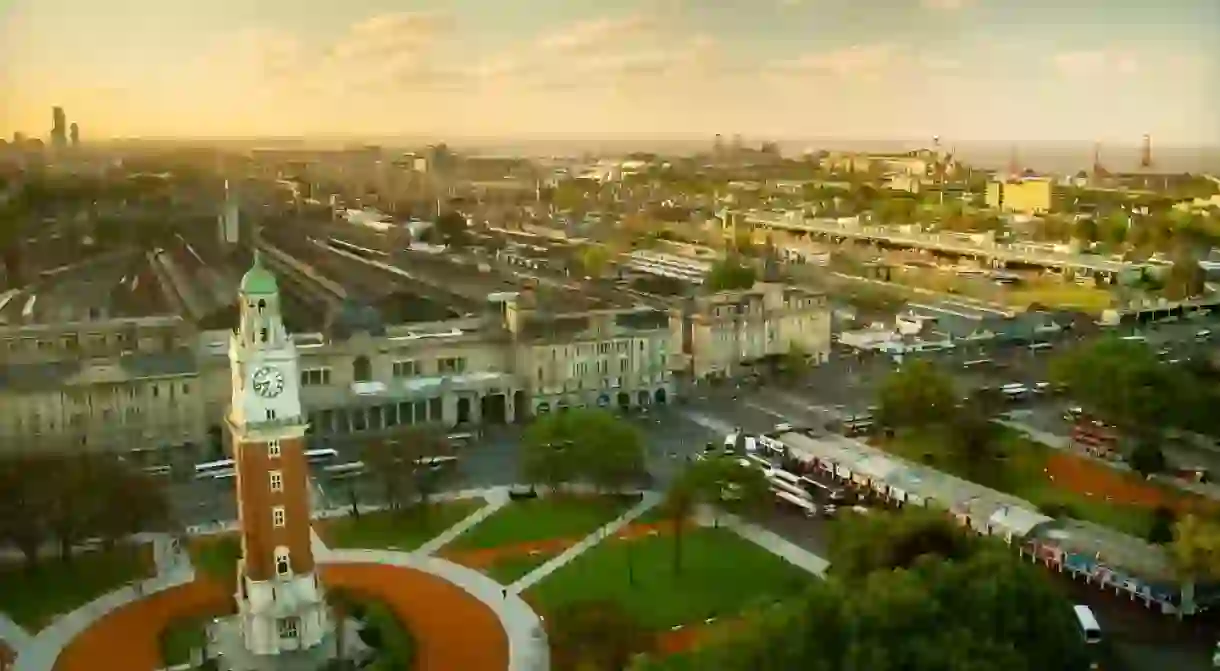The Real Story Behind How Argentina Got Its Name

Argentina has a long and complex history, with many battles of independence lost and won, too many flags to count and a rolling list of presidents and dictators that’s impossible to remember. But how did the country originally come to be called Argentina? Here is the real story behind how Argentina got its name.
Geography
Argentina is a South American country at the bottom of the continent bordered to the west by Chile, to the north by Bolivia and Paraguay, to the north-east by Brazil and Uruguay and to the east and south by the Atlantic ocean. Besides the capital Buenos Aires, the country’s most important river, the Rio de la Plata, separates Argentina from Uruguay. This river, and its name, holds the key to the naming of Argentina, and the origins of the name of the river go all the way back to the Spanish and Portuguese conquests of the 16th century.

Origin
In the early 1500s, a Spanish conquistador had heard tales of a famous White King who reigned over a country that was very rich in silver. That country today would be Bolivia, and the conquistador, whose name was Aleixo Garcia, sailed to Potosi to claim this silver, but was subsequently killed by tribesmen near the border of Brazil and Paraguay. Some of the Guarani tribesmen who were part of the expedition took some items of silver, and returned with them to their country, and also with the story of a great river that led to a land full of silver. This is thought to be the origin of the name of the Rio de la Plata, which means River of Silver, but this is folklore as much as anything. The river was given other titles, including “Mar Dulce”, “Río de Solís”, “Río de Santa María”, and “Río Jordán”, but “Río de La Plata” was the one that stuck.

River of Silver
So, the river bordering what is now Argentina was dubbed the River of Silver, and a Portuguese explorer called Lopo Homem was one of the first to associate this territory with silver, marking it on a map in 1554 as “Terra Argentea” – Land of Silver. The route of this is the Latin term “argentum” meaning silver. The first mention of the name Argentina appeared in a poem in Spain in 1602, and subsequently in 1776, the area which would now comprise of Argentina, Paraguay, Bolivia and Uruguay was officially named the Virreinato del Río de la Plata, or the Viceroyalty of the Rio de la Plata. When the country’s constitution was written in 1826, the country was called the Republic of Argentina, and remains so today. So there you have it! Now you know how Argentina got its name.
Spreading Use
Over time, the name “Argentina” began to be used more widely to refer to the entire region, encompassing not only Buenos Aires but also the vast expanse of land beyond. The name stuck, and when Argentina gained independence from Spain in 1816, it officially adopted the name “República Argentina” (Argentine Republic).
What it’s known for today
While the region did not turn out to be as rich in silver as the Spanish had initially hoped, the name Argentina remained as a testament to the early dreams of abundant wealth and precious metals. Today, Argentina is known for its diverse landscapes, vibrant culture, and rich history, attracting visitors from around the world to explore its natural wonders and experience its unique charm.
Did you know – Culture Trip now does bookable, small-group trips? Pick from authentic, immersive Epic Trips, compact and action-packed Mini Trips and sparkling, expansive Sailing Trips.













